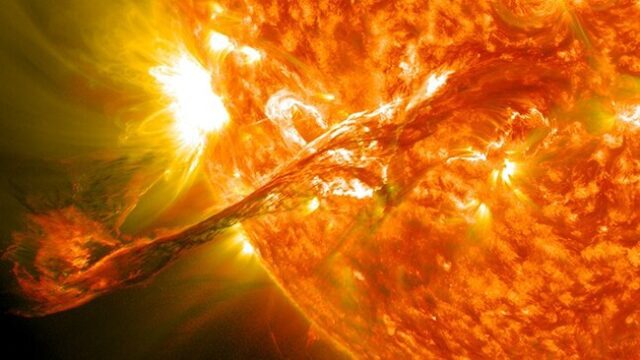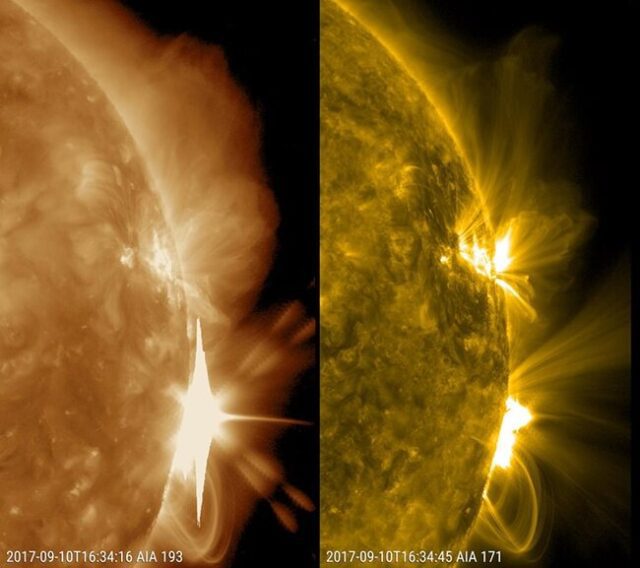
In early May 2024, a remarkable series of solar flares lit up the night skies with stunning auroras, captivating astronomy enthusiasts and the general public. However, the real spectacle occurred less than a week later when one of the most powerful solar flares in recent history erupted from the same sunspot region, AR3664. This flare, classified as an X8.7, dwarfed the earlier X1-X2.25 flares that had created the beautiful auroras. Solar flares are categorized by intensity on a scale where X denotes the most powerful class, with the number indicating the flare’s strength relative to the base level of that class. Thus, an X8.7 flare is significantly more intense than an X1 flare. Despite its immense power, the X8.7 flare did not produce visible auroras because AR3664 had moved to the edge of the Sun’s visible disc, reducing its impact on Earth.

The May 14 flare, currently ranked among the top 20 strongest flares recorded since the advent of space-based solar observations in the 1970s, has intrigued solar physicists. Its significance lies not only in its sheer power but also in its timing within the solar cycle, which peaks roughly every 11 years. The previous most powerful flare was initially classified as X8.2 in 2017 but was later reassessed to X11.88, suggesting that the May 14 flare’s strength might also be revised upwards. The most intense flare on record, an X45, occurred in 2003. Solar flares, the largest explosions in our solar system, result from the Sun’s magnetic fields twisting and reconnecting, releasing vast amounts of energy that can disrupt Earth’s communication systems, power grids, and space missions. With the solar maximum expected in July 2025, scientists anticipate more flares and auroras, providing further opportunities to study and understand solar weather’s complex dynamics.



















